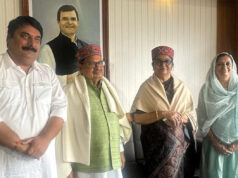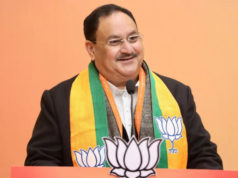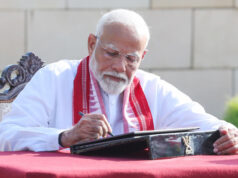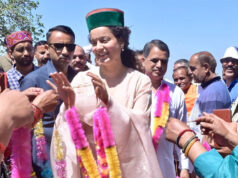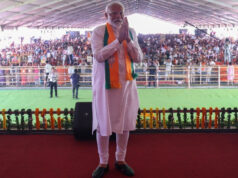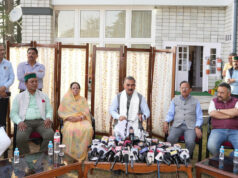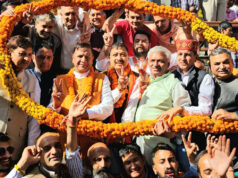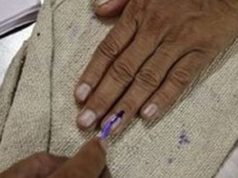Despite the high hopes and considerable efforts of the Election Commission, the 2024 Lok Sabha elections have seen a discouraging voter turnout of around 65%. This trend, observed across the six phases of polling, raises significant concerns about the effectiveness of current voter engagement strategies and the broader health of Indian democracy.
Historical data offers a stark comparison. The 2009 Lok Sabha elections saw a voter turnout of 58.21%. This figure rose to 66.44% in the 2014 elections and further to 67.40% in the 2019 elections. However, the slight decline in 2024 suggests that efforts to boost voter participation may have lost momentum.
The Election Commission has spared no expense in its voter engagement initiatives. Programs like SWEEP (Systematic Voters’ Education and Electoral Participation) and Pedal for Democracy have involved significant financial outlays. These campaigns, which include rallies by school children, public events, and widespread media outreach, aim to encourage citizens to exercise their voting rights. However, the stagnant turnout indicates that these efforts are falling short.
Tiku Thakur, a Shimla-based political analyst, provides a critical viewpoint. He argues that while the Election Commission can enhance the logistical aspects of voting—such as increasing the number of polling stations and improving accessibility—these measures alone cannot compel voters to leave their homes and cast their ballots. According to Thakur, only effective governance and a well-prepared opposition can genuinely inspire voter participation.
Examining the winning party’s vote share in past elections highlights the persistent challenge. In 2019, the BJP secured 37.36% of the vote. In 2014, the BJP’s share was 31%, and in 2009, the Congress won 26.53% of the vote, with the BJP at 22.16%. In stark contrast, about 35% of eligible voters opted not to vote in 2024, a significant portion of the electorate that remains disengaged.
Several factors contribute to the low voter turnout. Voter apathy is a significant issue, with many citizens disillusioned with political parties and feeling that their individual votes do not matter. Despite extensive campaigns, many voters remain unaware of the importance of their participation. Although efforts have been made to improve convenience and accessibility, challenges persist, especially in rural areas.
For India’s democracy to flourish, a multi-faceted approach is essential. The government must fulfill its promises and visibly improve citizens’ lives to build confidence. Opposition parties need to present strong, credible alternatives and communicate their vision effectively to the electorate. Beyond election times, there must be ongoing political engagement and education about the importance of voting.
The 2024 Lok Sabha elections highlight the limitations of current voter engagement strategies and underscore the need for substantive political action to increase voter turnout. While the Election Commission plays a crucial role in facilitating the voting process, the responsibility to motivate the electorate ultimately lies with the political leaders. Democracy thrives not just on the right to vote but on the active participation of its citizens. As India looks ahead, it is clear that a renewed focus on governance, accountability, and meaningful political discourse is necessary to rejuvenate voter participation.


